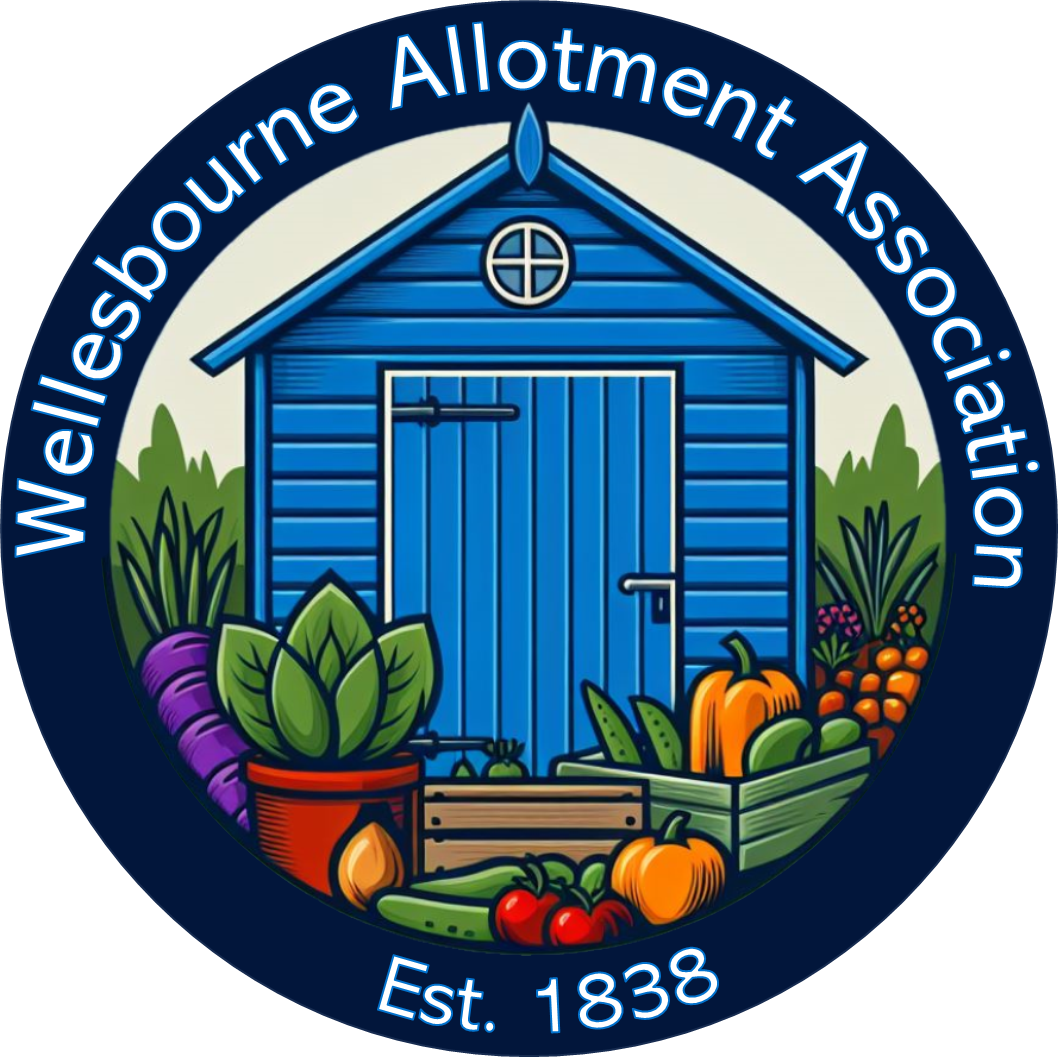Kate Sugden
Plot 44b
How many can an allotment support ? Last year, in addition to my family, my parents, friends and colleagues at work, mine produced food for various bird families, small mammals, lots of insects, and a hedgehog. Allotments and gardens can provide a sanctuary for wildlife, especially in built up areas or where there is intensively managed farmland, like around Wellesbourne.
The mixture of cultivated areas, compost heaps, boundary hedges and trees, together with the many ponds and nectar producing plants provide both food and shelter for many species, including The Brimstone butterfly (Gonepterix rhamni) has the longest lifetime of the adult butterflies: 10-12 months. It is usually the first butterfly to declining species such as song thrush, house sparrow, starling and hedgehog. Flowering crops and flowers all provide a rich source of nectar for pollinators such as butterflies and bees that we rely on to pollinate crops such as apples, pears, strawberries, raspberries, tomatoes and beans.
Kate on Plot 44B - © Rob Lavers
Providing a safe haven for wildlife can also help with pest control. Ground beetles, centipedes, frogs and hedgehogs all eat slugs. Ladybirds, hoverflies, earwigs, birds, shrews and bats are all the gardener’s friends. So within my long and optimistic list of crops that I intend to sow this year, I am including more nectar producing flowers and herbs as well as scented flowers for moths and bats. I already have raspberries, comfrey and two flowering trees at the top end of my plot near the hedge but intend planting more flowers throughout the plot. I shall be creating more wildlife homes and hoping the hedgehog returns, hoping to feed even more this year. Kate Sugden - Plot44b


